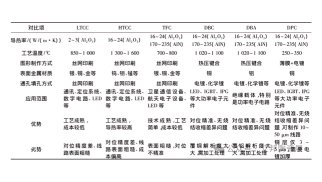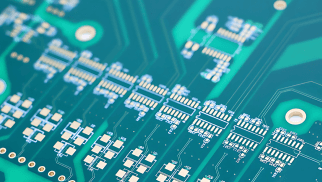Sorry, no sales person is available right now to take your call. Pls leave a message and we will reply to you via email as soon as possible.
[PCB process] Back drilling resin plug hole process
Back drilled resin jack principle
● Backdrilling is a controlled depth drilling technique used to remove conductive through-hole stubs from copper cylinders in PCB through-holes.
● The stub is the part of the hole that can cause serious signal integrity problems in high-speed designs.
● Resin jack is a method of filling the inner buried hole, using conductive or non-conductive resin, and filling the hole through printing and other ways to achieve the purpose of plugging the hole.
How to overcome signal integrity issues
● The purpose of backdrilling is to reduce the impact of stubs on signal integrity.
● By using a slightly larger drill bit, the stubs are re-removed after plating through hole fabrication. Ideally, the remaining stub should be less than 10mils. The diameter of the back hole is larger than the diameter of the electroplated through hole, usually 8mils to 10mils larger than the original bit diameter.
Why do I need a backdrilled resin jack
● Back drilling shortens through stubs and reduces signal distortion.
● The resin jack protects signal integrity and prevents stubs from affecting the signal. Combined, backdrilled resin jack holes help improve PCB performance, especially in high-density and high-frequency applications.
When to use backdrilled resin jack holes
It is generally recommended to add a backdrilled resin jack when the circuit route on the PCB board has a signal rate of ≥1Gbps. System interconnection link simulation is the most reliable way to determine whether backdrilling is needed.
Process flow of back drilling resin jack hole
1. Use dry film to seal the positioning holes before electroplating.
2. Copper plating holes to create conductive paths.
3. Create the outer graphic on the electroplated PCB.
4. Reduce the hole stubs by backdrilling, reducing the hole stubs to the ideal remaining length (usually less than 10mils).
5. After electroplating through hole manufacturing, use resin to fill the hole after back drilling to form a resin jack.
6. The diameter of the resin jack is greater than the diameter of the electroplated through hole, usually 8mils to 10mils larger than the diameter of the original drill bit.
The advantages of back drilling technology in high-speed circuit design
1. Improved signal integrity: Back drilling reduces the risk of signal distortion by reducing through stubs. This is very important for high-speed signal transmission.
2. Reduce deterministic jitter: smaller stubs help reduce jitter in the signal and improve signal quality.
3. Protect signal quality: By removing stubs, backdrilling helps protect the signal from stubs.
4. Improve PCB performance: Backdrilling technology can improve the performance of the circuit board, especially in high-speed and high-frequency applications.
5. Avoid EMI problems: Reducing through hole stubs reduces the risk of electromagnetic interference (EMI).
*Disclaimer: This article is from the Internet, if there is any dispute, pleasecontact customer service.





